100mg
Showing 10651–10700 of 13891 results
-
Monoheptyl Phthalate
$224.25 Add to cart View Product DetailsMolecular Formula : C15H20O4
-
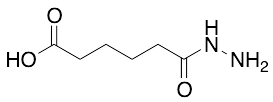
Monohydrazide Adipic Acid
$112.99 Add to cart View Product DetailsMolecular Formula : C6H12N2O3
-
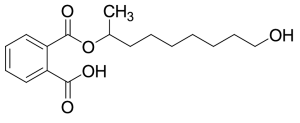
Monohydroxyisononyl Phthalate
$1,718.96 Add to cart View Product DetailsMolecular Formula : C17H24O5
-
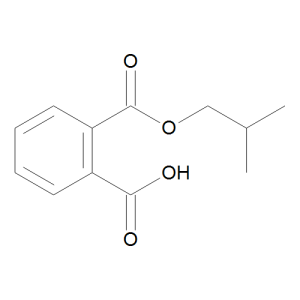
Monoisobutyl Phthalate
$231.15 Add to cart View Product DetailsMolecular Formula : C12 H14 O4
-
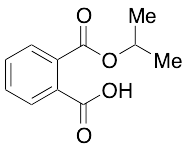
Monoisopropyl Phthalate
$156.98 Add to cart View Product DetailsMolecular Formula : C11 H12 O4
-
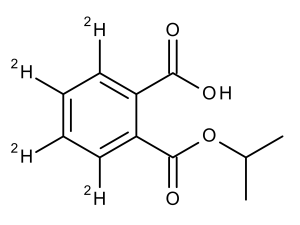
Monoisopropyl Phthalate-d4
$1,587.86 Add to cart View Product DetailsMolecular Formula : C11 D4 H8 O4
-
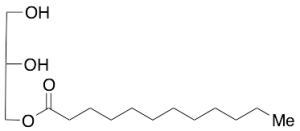
Monolaurin
$69.00 Add to cart View Product DetailsMolecular Formula : C15H30O4
-
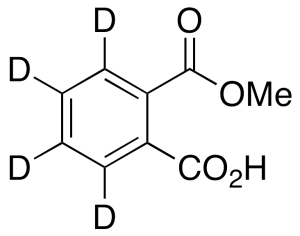
Monomethyl Phthalate-d4
$1,805.21 Add to cart View Product DetailsMolecular Formula : C9 D4 H4 O4
-

Monomethylarsonous Acid
$1,721.55 Add to cart View Product DetailsMolecular Formula : CH5AsO2
-

Monooctyl Phthalate
$219.94 Add to cart View Product DetailsMolecular Formula : C16 H22 O4
-

Monopentyl Phthalate
$179.40 Add to cart View Product DetailsMolecular Formula : C13 H16 O4
-
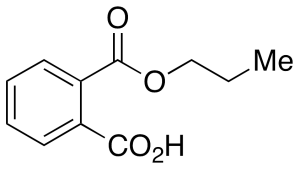
Monopropyl Phthalate
$185.44 Add to cart View Product DetailsMolecular Formula : C11H12O4
-
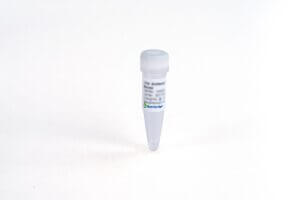
MonoRab™ Anti-Mouse IgG (H&L) (76F10), mAb, Rabbit
$5,778.75 Add to cart View Product DetailsRabbit anti-mouse monoclonal antibody is a secondary antibody which recognizes mouse immunoglobulins with high affinity. It is a useful tool for the detection, sorting, capture or purification of its specified target. It can be used in several analysis systems such as ELISA or Western Blot (WB), Immunohistochemistry (IHC), Flow Cytometry (FACS) and Time-resolved fluorescence immunoassay (TRFIA). It also can be used to develop secondary antibody-coupled magnetic beads for immunoprecipitation (IP), Co-IP, and isolation of cells.
-

MonoRab™ Anti-Müllerian hormone (AMH) antibody (103D6), mAb, Rabbit
$22,252.50 Add to cart View Product DetailsAnti-Müllerian hormone (AMH) is a glycoprotein dimer. It is a member of the transforming growth factor-β superfamily. AMH is a hormone produced by small follicles in the ovary. It is a novel fertility marker to assess ovarian reserve levels.
-

MonoRab™ Biotin Antibody (53C8), mAb, Rabbit
$3,363.75 Add to cart View Product DetailsBiotin is widely conjugated to proteins and antibodies for biochemical assays. Avidin (streptavidin)-biotin system is commonly used for many immunoassays such as ELISA, Flow Cytometry, Immunofluorescence, In Situ Hybridization, and Immunohistochemistry. Anti-Biotin mAb is a better alternative to avidins to minimize background and maximize signal intensity.
-

MonoRab™ FITC Antibody (F11), mAb, Rabbit
$3,363.75 Add to cart View Product DetailsFluorescein isothiocyanate (FITC) is a derivative of fluorescein used in wide-ranging applications including flow cytometry. It is the original fluorescein molecule functionalized with an isothiocyanate reactive group (-N=C=S), replacing a hydrogen atom on the bottom ring of the structure. This derivative is reactive towards nucleophiles including amine and sulfhydryl groups on proteins.
-

MonoRab™ IL6 (125B3), mAb, Rabbit
$14,662.50 Add to cart View Product DetailsInterleukin-6 (IL6) is a multi-functional cytokine, produced by variety of cells including T-cells, B-cells, monocytes, fibroblasts, keratinocytes, endothelial cells, mesangial cells, astrocytes and bone marrow stroma cells. It is involved in the induction of B-cell differentiation, growth promotion of myeloma cells and proliferation and differentiation of T cells. IL6 can regulate immune responses, acute phase reactions and hematopoiesis.
-

MonoRabᵀᴹ MSH6 (3B6), mAb, Rabbit
$116,868.75 Add to cart View Product DetailsMSH6, also known as MutS protein homolog 6, is a member of the Mutator S (MutS) family of proteins. It functions to repair mutations during DNA replication. MSH6 is a useful in diagnostics of gastrointestinal tract cancer.
-

MonoRab™ NT-proBNP (10B11), mAb, Rabbit
$16,732.50 Add to cart View Product DetailsBNP and NT-proBNP are separated from precursor molecule proBNP via proteolytic processing. The BNP and NT-proBNP level in blood are proportional to the severity of cardiac dysfunction. They can be used for diagnosis of congestive heart failure (CHF).
-

MonoRab™ NT-proBNP (22B11), mAb, Rabbit
$16,732.50 Add to cart View Product DetailsBNP and NT-proBNP are separated from precursor molecule proBNP via proteolytic processing. The BNP and NT-proBNP level in blood are proportional to the severity of cardiac dysfunction. They can be used for diagnosis of congestive heart failure (CHF).
-

MonoRabᵀᴹ PD-L1 (1H3), mAb, Rabbit
$116,868.75 Add to cart View Product DetailsIt is type I transmembrane glycoprotein that belongs to the B7 family. PD-L1 is expressed on T cells, B cells, NK cells, dendritic cells, IFN-γ activated endothelial cells, and monocytes. It plays a role in regulating T cell responses. The interaction of PD-L1 with PD-1 inhibits T cell proliferation and cytokine production.
-

MonoRabᵀᴹ PD-L1 (2B3), mAb, Rabbit
$116,868.75 Add to cart View Product DetailsIt is type I transmembrane glycoprotein that belongs to the B7 family. PD-L1 is expressed on T cells, B cells, NK cells, dendritic cells, IFN-γ activated endothelial cells, and monocytes. It plays a role in regulating T cell responses. The interaction of PD-L1 with PD-1 inhibits T cell proliferation and cytokine production.
-
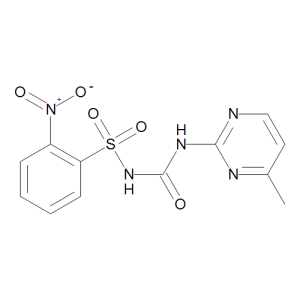
Monosulfuron
$895.28 Add to cart View Product DetailsMolecular Formula : C12 H11 N5 O5 S
-
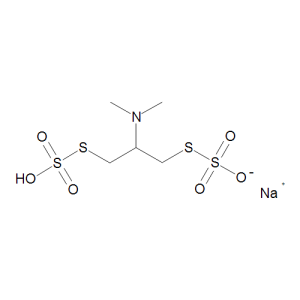
Monosultap
$185.44 Add to cart View Product DetailsMolecular Formula : C5 H12 N O6 S4 . Na
-
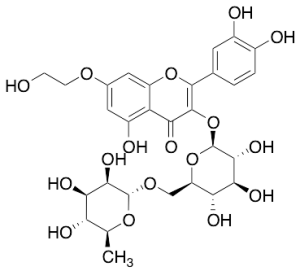
Monoxerutin
$692.59 Add to cart View Product DetailsMolecular Formula : C29H34O17
-
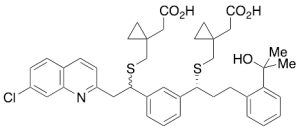
Montelukast Bis-sulfide (mixture of diastereomers)
$1,595.63 Add to cart View Product DetailsMolecular Formula : C41 H46 Cl N O5 S2
-
Montelukast Dicyclohexylamine Salt
$190.61 Add to cart View Product DetailsMolecular Formula : C35 H36 Cl N O3 S . C12 H23 N
-

Montelukast Sodium Salt
$142.31 Add to cart View Product DetailsMolecular Formula : C35 H35 Cl N O3 S . Na
-
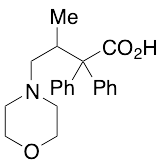
Moramide Intermediate
$2,023.43 Add to cart View Product DetailsMolecular Formula : C21H25NO3
-

Morantel Citrate
$79.35 Add to cart View Product DetailsMolecular Formula : C12H16N2S • C6H8O7
-
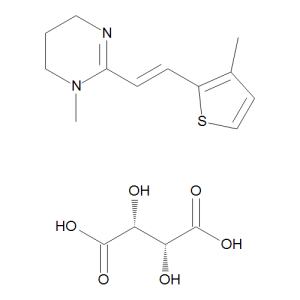
Morantel Tartrate
$68.14 Add to cart View Product DetailsMolecular Formula : C12 H16 N2 S . C4 H6 O6
-

Morazone
$1,898.36 Add to cart View Product DetailsMolecular Formula : C23 H27 N3 O2
-
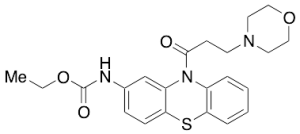
Moricizine
$953.93 Add to cart View Product DetailsMolecular Formula : C22H25N3O4S
-

Morphine
$234.60 Add to cart View Product DetailsMolecular Formula : C17 H19 N O3
-

Morphine 3-beta-D-Glucuronide
$1,735.35 Add to cart View Product DetailsMolecular Formula : C23 H27 N O9
-

Morphine Hydrochloride Salt
$212.18 Add to cart View Product DetailsMolecular Formula : C17 H19 N O3 . Cl H
-

Morphine N-Oxide
$1,380.86 Add to cart View Product DetailsMolecular Formula : C17 H19 N O4
-

Morphine Sulfate Pentahydrate USP
$127.65 Add to cart View Product DetailsMolecular Formula : 2[C17 H19 N O3] . H2SO4 . 5 H2O
-
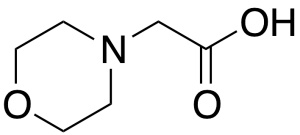
Morpholin-4-yl Acetic Acid
$55.20 Add to cart View Product DetailsMolecular Formula : C6H11NO3
-
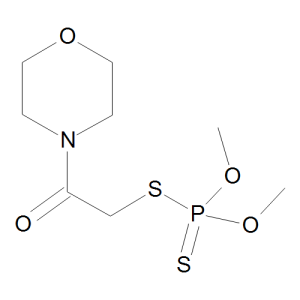
Morphothion
$210.45 Add to cart View Product DetailsMolecular Formula : C8 H16 N O4 P S2
-
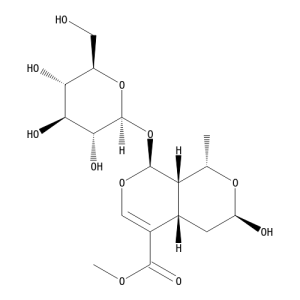
Morroniside
$401.93 Add to cart View Product DetailsMolecular Formula : C17 H26 O11
-

Morusin
$1,291.16 Add to cart View Product DetailsMolecular Formula : C25 H24 O6
-
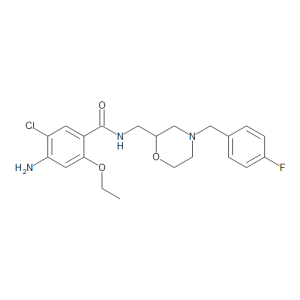
Mosapride
$263.06 Add to cart View Product DetailsMolecular Formula : C21 H25 Cl F N3 O3
-
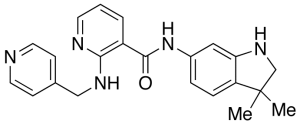
Motesanib
$357.94 Add to cart View Product DetailsMolecular Formula : C22 H23 N5 O
-
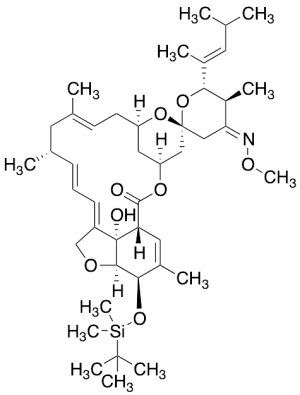
Moxidectin O-TBS
$785.74 Add to cart View Product DetailsMolecular Formula : C43 H67 N O8 Si
-

Moxifloxacin Hydrochloride Monohydrate
$169.05 Add to cart View Product DetailsMolecular Formula : C21 H24 F N3 O4 . Cl H . H2 O
-

Moxifloxacin Methyl Ester
$1,979.44 Add to cart View Product DetailsMolecular Formula : C22 H26 F N3 O4
-
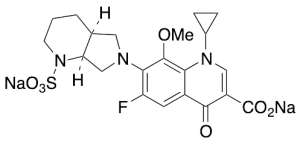
Moxifloxacin N-Sulfate Disodium Salt
$1,583.55 Add to cart View Product DetailsMolecular Formula : C21H22FN3Na2O7S
-
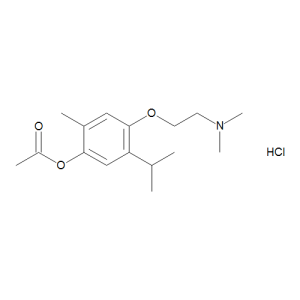
Moxisylyte Hydrochloride
$67.28 Add to cart View Product DetailsMolecular Formula : C16 H25 N O3 . Cl H
-
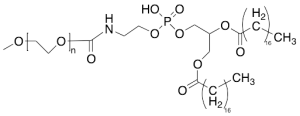
MPEG-2000-DSPE
$157.84 Add to cart View Product DetailsMolecular Formula : (C2H4O)nC43H84NO10P






